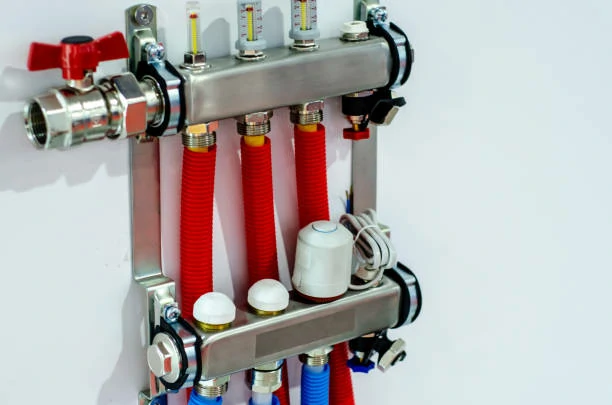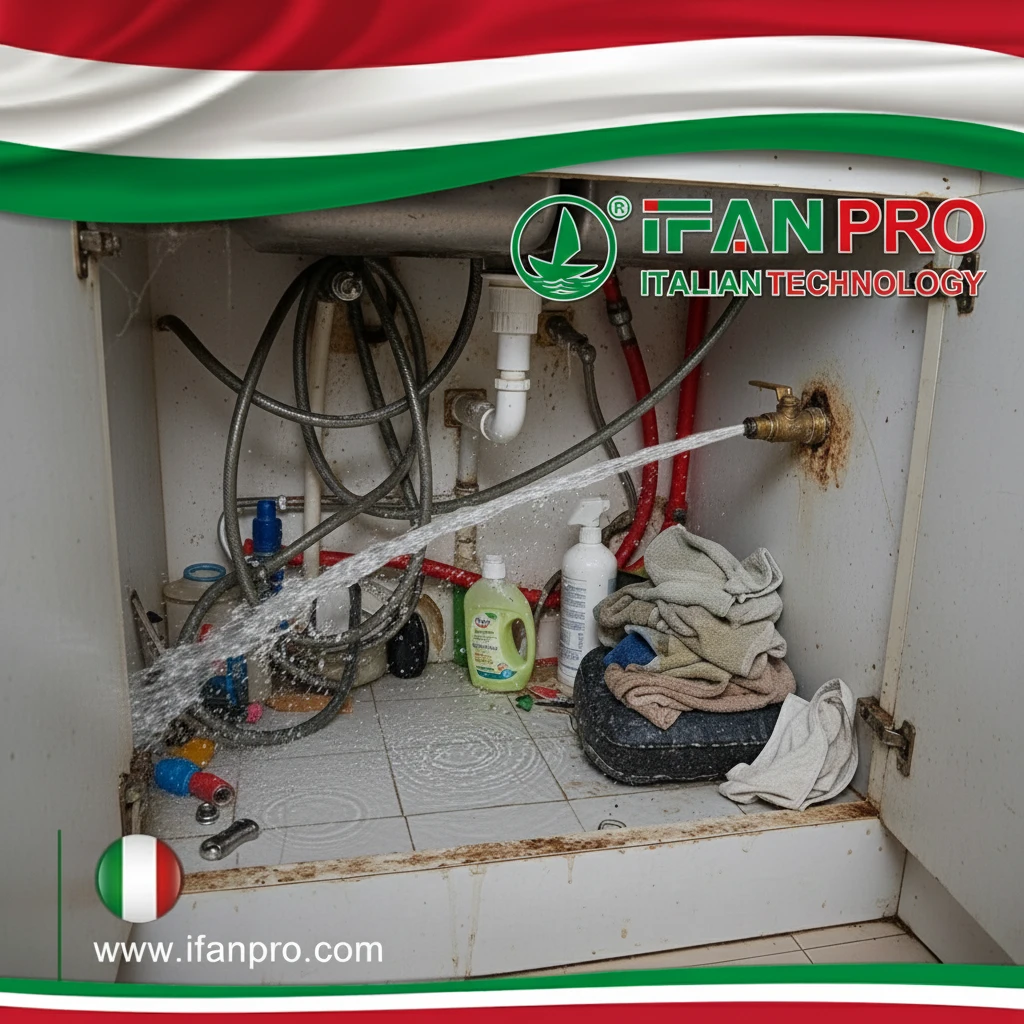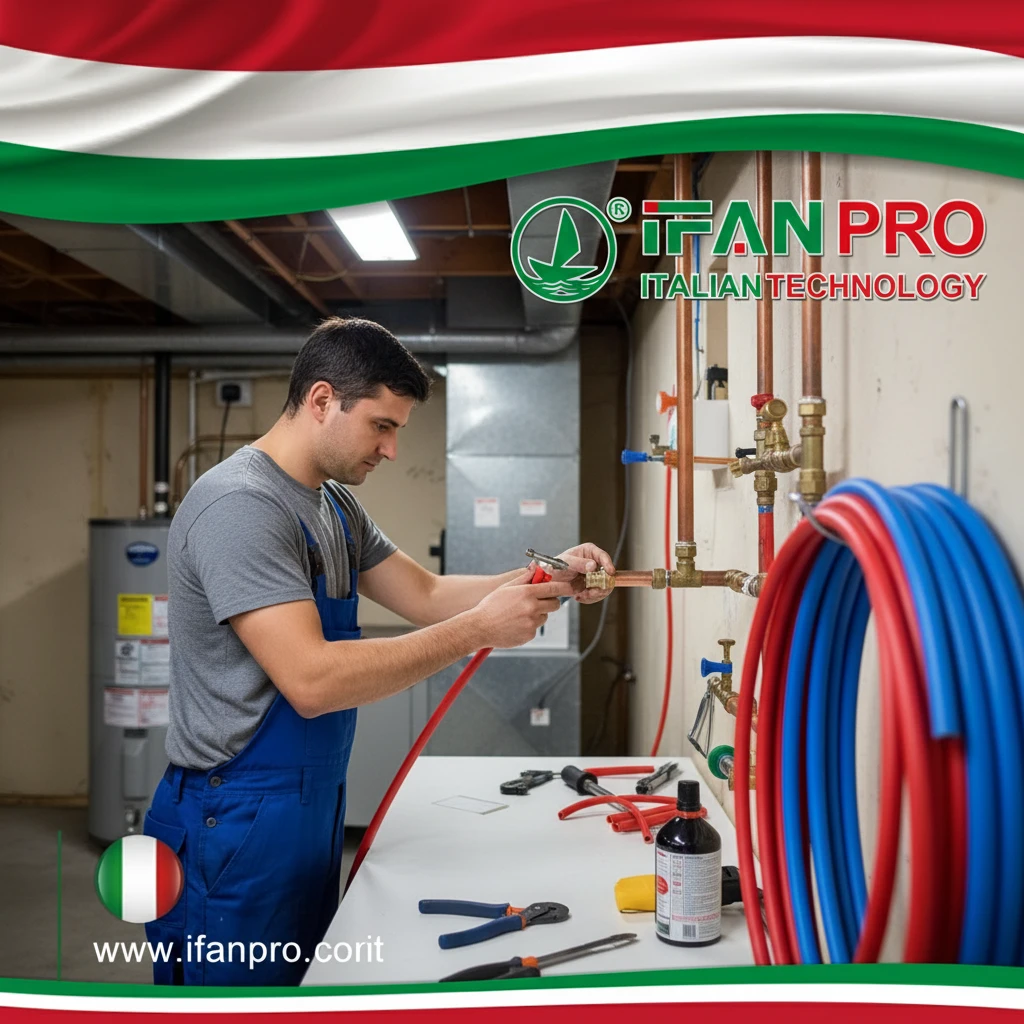Installing PEX (cross-linked polyethylene) pipes in cold climates requires careful consideration and specific techniques to ensure durability and efficiency. PEX pipe are flexible and resistant to freezing, making them ideal for cold environments. This guide provides essential tips for installing PEX pipes in cold climates.
1. Choose the Right PEX Type
PEX-A: PEX-A pipes offer the highest flexibility and freeze resistance. They can expand and contract with temperature changes, reducing the risk of bursting.
PEX-B: PEX-B pipes are also suitable but are less flexible than PEX-A. Ensure proper installation techniques to avoid stress on the pipes.
PEX-C: PEX-C pipes are the least flexible and should be used with caution in cold climates.
2. Proper Insulation
Insulate Pipes: Use high-quality pipe insulation to protect PEX pipe from extreme cold. Insulation reduces heat loss and prevents freezing.
Heat Tape: Apply heat tape in areas prone to extreme cold. Heat tape provides additional protection and ensures consistent temperature maintenance.
Insulate Pipe Fittings: Insulate pipe fittings and joints. These areas are more susceptible to freezing and require extra protection.
3. Installation Techniques
Avoid Tight Bends: Minimize tight bends and kinks. Bends can create stress points and increase the risk of freezing and bursting.
Use Expansion Loops: Install expansion loops to allow for pipe expansion and contraction. This reduces stress on the pipes.
Anchor Pipes Securely: Secure pipes with appropriate brackets and supports. Prevent movement and sagging that can lead to stress and damage.
Avoid Direct Contact with Cold Surfaces: Keep pipes away from direct contact with cold surfaces like concrete or metal. Use spacers or insulation to create a barrier.
4. Protecting Pipes from Freezing
Install Pipes Away from Exterior Walls: Place pipes away from exterior walls and unheated spaces. Interior walls offer more protection from the cold.
Seal Gaps and Cracks: Seal any gaps or cracks in walls, floors, and ceilings. Prevent cold air from reaching the pipes.
Use Insulated Sleeves: Use insulated sleeves for pipes running through unheated areas. This provides an additional layer of protection against freezing.
Keep a Steady Temperature: Maintain a steady temperature in areas where pipes are installed. Use space heaters or other heating methods if necessary.
5. Pressure Testing
Conduct Pressure Tests: Perform pressure tests before use. Ensure all connections are secure and there are no leaks.
Monitor Pressure: Maintain proper water pressure within recommended levels. Avoid excessive pressure that can stress the pipes.
Check for Leaks: Inspect all connections during the pressure test. Look for drips, wet spots, or signs of freezing.
6. Winterizing Techniques
Drain Pipes When Not in Use: If pipe will not be used during winter, drain them completely. This prevents water from freezing and expanding.
Blow Out Water Lines: Use an air compressor to blow out any remaining water. Ensure all water is removed from the system.
Use Antifreeze Solutions: In some cases, use antifreeze solutions in the plumbing system. Follow manufacturer guidelines for safe use.
7. Regular Maintenance
Inspect Regularly: Regularly inspect the plumbing system for signs of wear, corrosion, or damage. Address issues promptly to prevent major problems.
Replace Damaged Sections: Replace any damaged or worn sections of the pipe. Do not attempt to patch or repair with inadequate materials.
Keep a Backup Plan: Have a backup heating plan for extreme cold conditions. Ensure you can provide additional heat to protect pipes if necessary.
8. Professional Installation and Training
Hire Certified Installers: Use certified and experienced plumbers for installation. Professionals ensure high-quality installation and minimize the risk of freezing and leaks.
Provide Training: If you are installing the pipes yourself, ensure you receive proper training. Follow manufacturer guidelines and best practices.
Stay Updated: Keep up with industry standards and best practices. Regular training updates improve installation quality.
Заключение
Installing PEX pipe in cold climates involves selecting the right type of PEX, using proper insulation, and following specific installation techniques. Protecting pipes from freezing, conducting thorough pressure tests, and regular maintenance are crucial. By adhering to these best practices, you can ensure a reliable and efficient PEX plumbing system in cold climates. Whether you’re a professional plumber or a DIY enthusiast, these tips will help you maintain the integrity of your PEX plumbing system in harsh weather conditions.
Подключайтесь
ИФАН является китайским производителем пластиковых труб, фитингов и клапанов с 30-летним опытом работы. Если вы заинтересованы в ИФАН медные фитинги, медные клапаны, пластиковые трубы и фитинги, пожалуйста, свяжитесь с нами. ИФАН предлагает вам разнообразные стандартные трубы для удовлетворения ваших конкретных потребностей. Нажмите ниже, чтобы узнать больше о широком ассортименте доступной и экономичной арматуры и сопутствующих товаров для трубопроводных систем от IFAN.
Мы ответим на ваше письмо или факс в течение 24 часов.
Вы можете позвонить нам в любое время, если у вас возникнут вопросы по нашей продукции.
Для получения дополнительной информации, пожалуйста, посетите наш веб-сайт https://ifanpro.com/
Отправить по почте: [email protected]
Whatsapp: + 86 19857948982














Последние комментарии